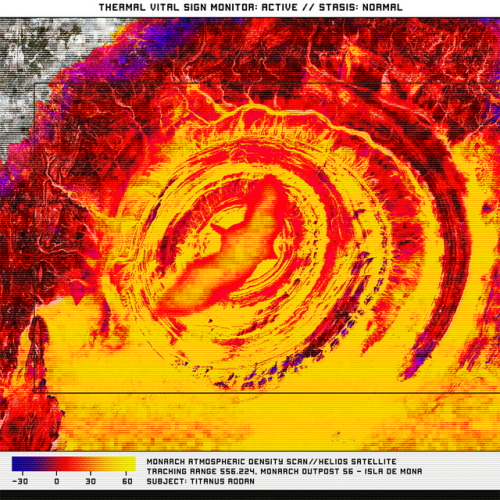

Stick to thin, paper cover sheets that is sold by Transfer Express if a cover sheet is needed for your application.Claudia Moser, The Altars of Republican Rome and Latium: Sacrifice and the Materiality of Roman Religion. If you prevent the right temperature from getting to your transfer, you run the risk of a decoration that is under applied. Screen printed transfers need a precise time, temperature and pressure for application.

While this might be a perfect solution for preventing scorch marks, what the thicker cover sheets are also preventing is the adequate amount of heat that is getting to your transfer needed to apply. If the fabric you’re decorating has been sublimated or the fabric you’re decorating is known to have dye migration issues, choose a transfer type that is made to block dye migration like UltraColor® Stretch with Blocker or CAD-PRINTZ® Sub Block.Ĭover sheets are designed to be placed over your heat transfer during heat printing.Ĭover sheets like thicker silicone application pads or non-stick 6 mil cover sheets can also help create a heat barrier to reduce scorching on polyester fabrics. If the shirt has been sublimated, the inside of the shirt is a solid color while the pattern or design is just printed on the outside. You can usually pinpoint a sublimated garment by looking at the inside of the shirt. Sublimated fabrics are made by dying the fabric with a design or pattern. This dye migration is common in polyester fabrics and fabrics that have been heavily saturated with dye.ĭye migration is extremely prevalent in Sublimated fabrics (pictured right). These will be the best options for printing onto temperature sensitive polyester fabric.ĭye migration occurs when the fabric dye is reactivated during heat printing causing the dye to blend or migrates into the decorating material like ink or vinyl.

Transfer types like Elasti Prints® and UltraColor® Soft are formulated to adhere at a lower temperature. However, some polyester is also temperature sensitive, so it’s best to look at the recommended temperature on the Application Instructions to know for sure whether it is the right transfer for the type of garment you’re decorating. Polyester is a common fabric that every transfer from Transfer Express will adhere to. There are several different types of heat transfers at Transfer Express.Įach transfer type has the type of fabric that it is proven to adhere to as well as the time, temperature and pressure that is needed to properly apply the transfer to the fabric. This will help you determine the right type of heat transfer to use. Did it scorch? Yes? Then you know at what temperature the fabric scorches at. Did it scorch? No? Up the temperature again to 310 degrees. That’s right, get a sample of the fabric, fire up the heat press to a low temperature like 290 degrees F and press a small corner of fabric.ĭid it scorch? No? Then up the temperature to 300 degrees. The only way to know whether the polyester fabric will scorch or not is to test it.
SCORCH MARKS HOW TO
How to tell if the apparel you’re heat printing is ruined. Some polyester fabric is more sensitive than others and may require a temperature of as low as 280 to not see scorch marks.

So you don’t end up with a permanent, noticeable rectangle on your t-shirts, don’t let your temperature get too hot! The ideal temperature is less than 300 degrees. The problem with this though is some fabric (ahem, polyester) is sensitive to high temperatures and the fabric fibers can scorch (melt). You use a “heat” press to adhere the transfers adhesive or ink to the fabric. Temperature plays a major role in heat printing custom apparel. In addition to already giving heat printers the benefits of wearing polyester and cotton shirts, we’re compiling the Do’s and Don’ts for Heat Printing Polyester so you can get the perfect print everytime! Don’t Get Too Hot The fabric seems difficult to decorate compared to the favorite cotton t-shirt, but don’t be intimidated by polyester. When it comes to heat printing on polyester, there are definitely challenges. Since the rise of active wear and the popularity of athleisure apparel becoming a fashion trend, decorators have needed to find the best methods for printing custom designs onto polyester fabric.


 0 kommentar(er)
0 kommentar(er)
